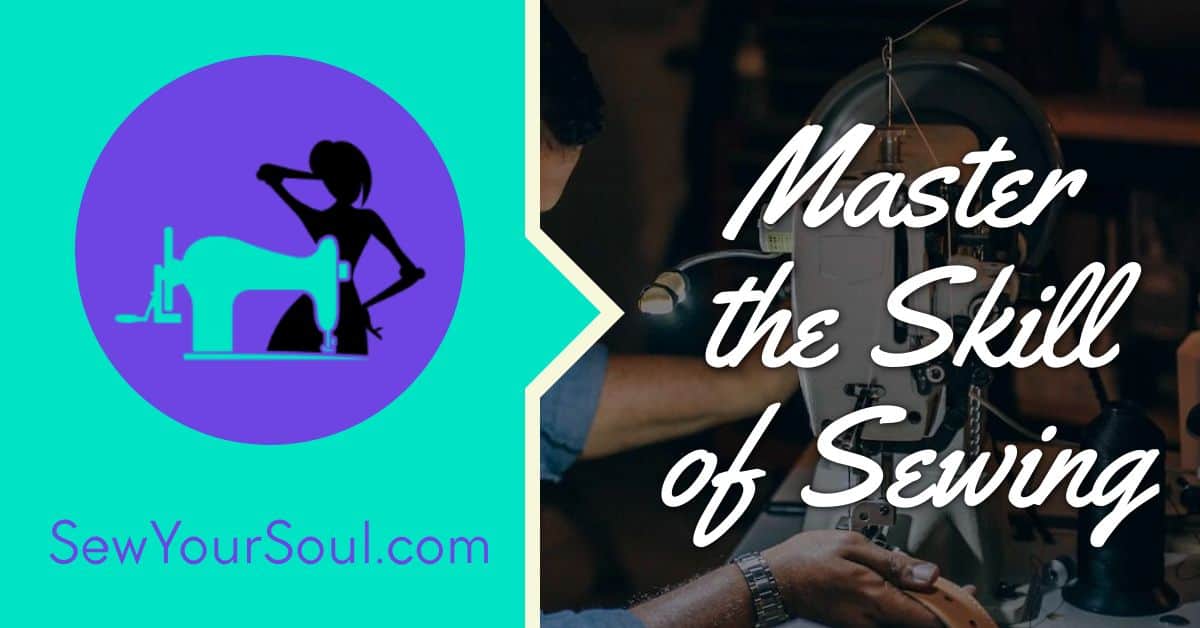So, you’re thinking about diving into the world of sewing? Whether you’re a beginner or looking to upgrade your current machine, understanding the different types of sewing machines can make all the difference. From basic models to advanced, tech-savvy options, there’s a machine out there that suits your specific needs and skill level.
Understanding the Different Types of Sewing Machines
Selecting the right sewing machine enhances your sewing experience. Here are the main types you need to know about, each catering to unique requirements and skill levels.
Manual Sewing Machines
Manual sewing machines offer basic functionalities, making them ideal for beginners. Operated using a hand crank or foot pedal, they don’t rely on electricity, making them portable. These machines often handle simple stitches like straight and zigzag, suitable for basic mending and uncomplicated projects. Because of their straightforward nature, you can easily learn the fundamentals of sewing.
Electric Sewing Machines
Electric sewing machines, powered by electricity, provide more capabilities than manual ones. They can handle a wide range of stitches and fabrics, from delicate silks to heavy denims. You control the speed using a foot pedal, allowing for consistent stitching and efficiency. Brands like Singer and Brother offer models with adjustable settings and multiple built-in stitches, catering to various sewing needs like garment construction, quilting, and home décor projects.
Computerized Sewing Machines
Computerized sewing machines incorporate advanced technology, offering a plethora of functions. These models usually feature an LCD screen, automated needle threading, embroidery options, and memory to save your custom stitch patterns. Suitable for experienced sewists, they can handle intricate designs and extensive projects like embroidery and quilting. Brands such as Janome and Bernina excel in providing machines with automation, ensuring precision and versatility in your sewing tasks.
Key Features to Consider When Choosing a Sewing Machine
Choosing the perfect sewing machine involves evaluating several key features to ensure it meets your sewing needs.
Stitch Options
Look for sewing machines with a variety of stitch options. Basic models usually offer straight and zigzag stitches, whereas advanced machines can have over 100 stitch patterns. If you plan to do quilting or embroidery, consider machines with decorative stitches and specialized quilting stitches. Brands like Brother and Janome provide models with extensive stitch libraries.
Speed and Control
Speed control is another crucial feature. Entry-level machines typically stitch at speeds up to 600 stitches per minute (SPM), while professional models can exceed 1,000 SPM. Adjustable speed settings allow you to manage precision and control, especially for intricate projects. Machines from brands like Singer often include start/stop buttons and variable speed controls.
Durability and Price
Consider the durability and price of the sewing machine. Machines with a metal frame tend to last longer and provide better stability. Prices range from $100 for entry-level models to over $1,000 for high-end, feature-rich machines. Evaluating your budget and intended usage will help you choose a machine that offers the best value. Bernina and Janome are known for their durable and high-quality models.
Popular Brands and Models
When selecting a sewing machine, choosing the right brand and model becomes crucial. Different brands cater to various needs and budgets, providing numerous options.
Budget-Friendly Choices
Finding affordable sewing machines with good functionality is possible. Companies like Brother, Janome, and Singer offer budget-friendly models.
- Brother CS6000i: Known for its versatility, the Brother CS6000i offers 60 built-in stitches, an LCD display, and an automatic needle threader. It’s suitable for beginners.
- Singer 4423 Heavy Duty: This durable model boasts a powerful motor, 23 built-in stitches, and a metal frame. It’s perfect for heavy fabrics and home projects.
- Janome 2212: Simple yet effective, the Janome 2212 includes 12 built-in stitches and a four-step buttonhole feature. It’s ideal for basic sewing needs.
High-End Machines
Investing in high-quality sewing machines guarantees advanced features and longevity. Top brands such as Bernina and Juki offer premium models.
- Bernina 770 QE: Renowned for its precision, this model features a large sewing space, advanced stitch control, and a color touchscreen. It suits professional sewists.
- Juki HZL-F600: Offering a wide variety of 225 built-in stitches, a box feed system, and a large extension table, this Juki model excels in quilting and home decor projects.
- Brother Innov-is VQ2: This advanced machine includes 473 built-in stitches, a large workspace, and customizable stitch options. It’s great for intricate sewing tasks.
Choosing the right sewing machine from reputable brands ensures you get the best value for your investment.
Maintenance Tips for Sewing Machines
Proper maintenance extends the life of your sewing machine, ensuring optimal performance.

Regular Cleaning
Dust and lint accumulate inside and around a sewing machine, affecting its functionality. Clean your machine after every 10 hours of sewing. Use a small brush to remove debris from the bobbin area, feed dogs, and other accessible parts. Avoid blowing air as this could push debris deeper into the machine. For hard-to-reach areas, compressed air in a spray can is effective.
Managing Thread Tension and Needle Changes
Correct thread tension ensures smooth, even stitches. Consult your machine’s manual to adjust tension settings according to fabric and thread type. To maintain stitch quality, change your needle after every 8 hours of sewing. Use the appropriate needle size and type for your fabric to prevent skipped stitches and fabric damage.
Conclusion
Choosing the right sewing machine can make all the difference in your sewing projects. Whether you’re just starting out or you’re a seasoned pro, there’s a machine out there that fits your needs and budget. Remember to keep your machine well-maintained by cleaning it regularly, managing thread tension, and changing needles frequently. These simple steps will ensure your sewing machine stays in top condition, helping you create beautiful and precise stitches for years to come. Happy sewing!













